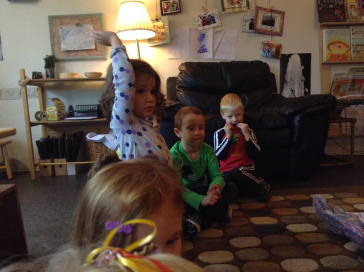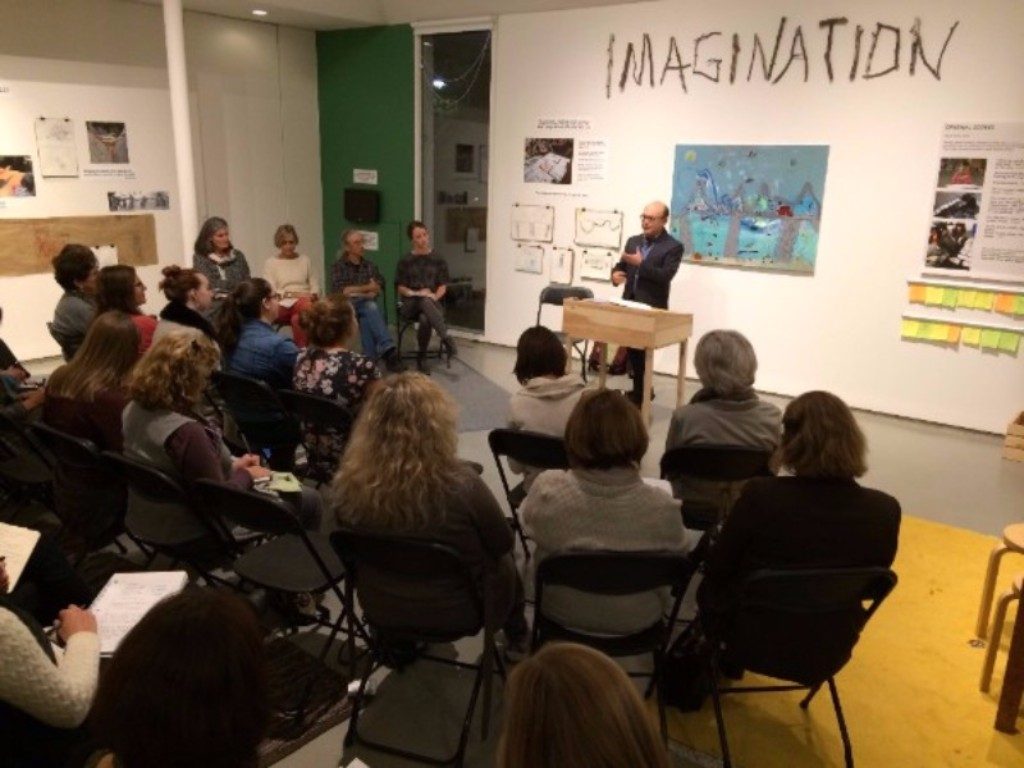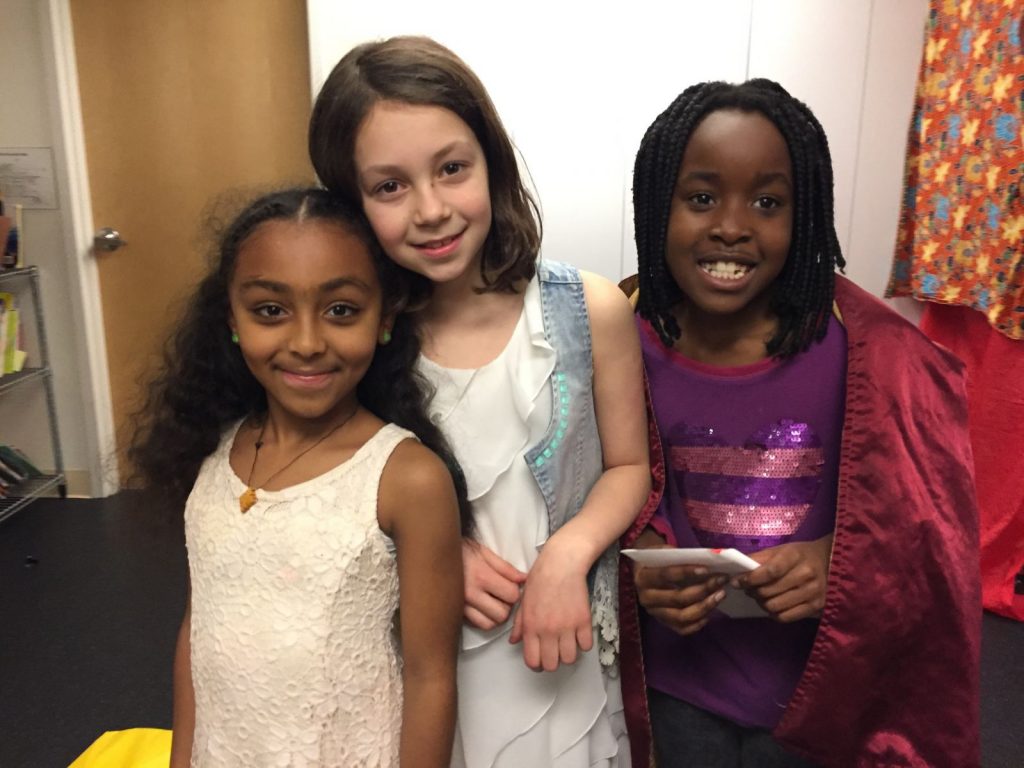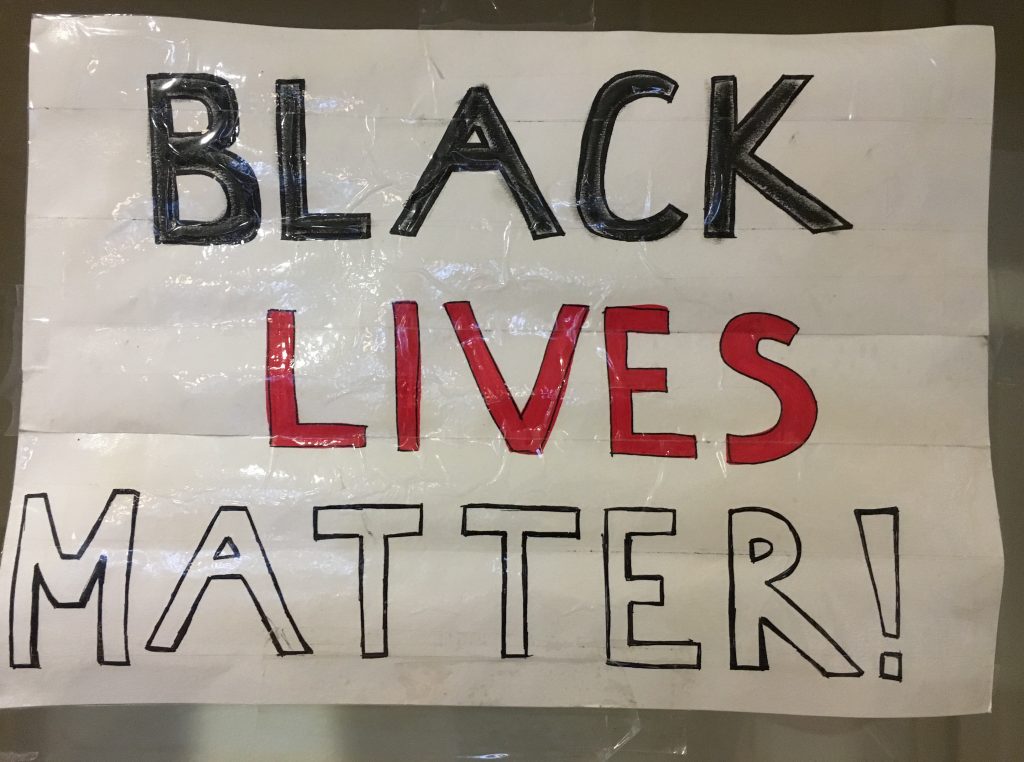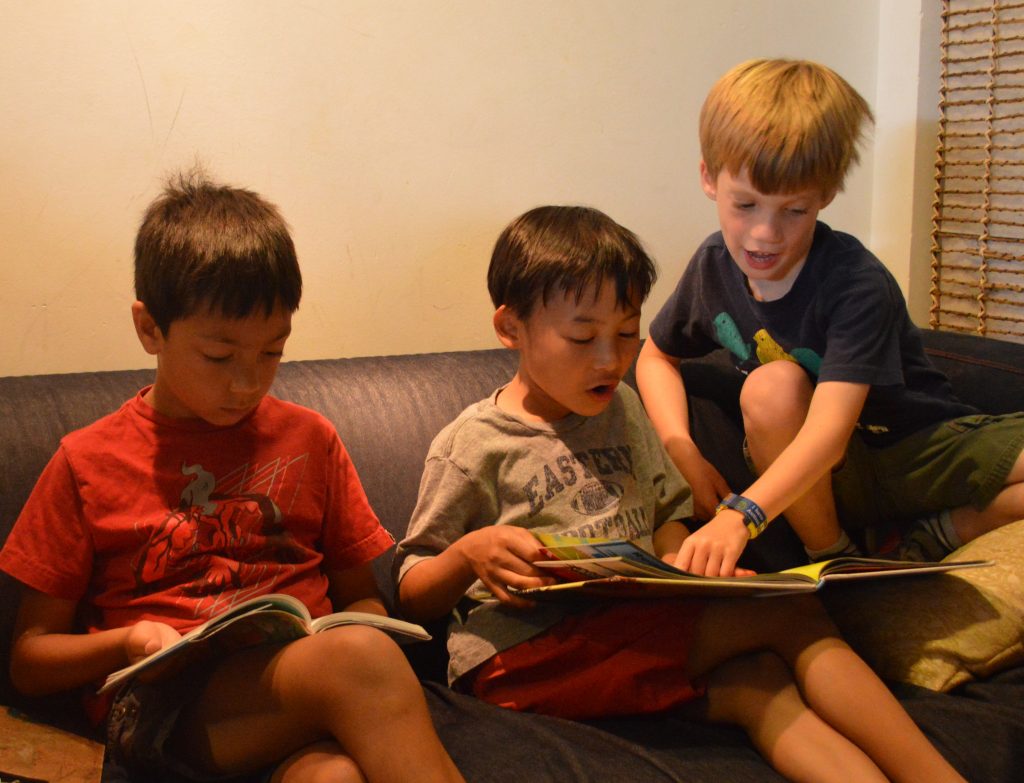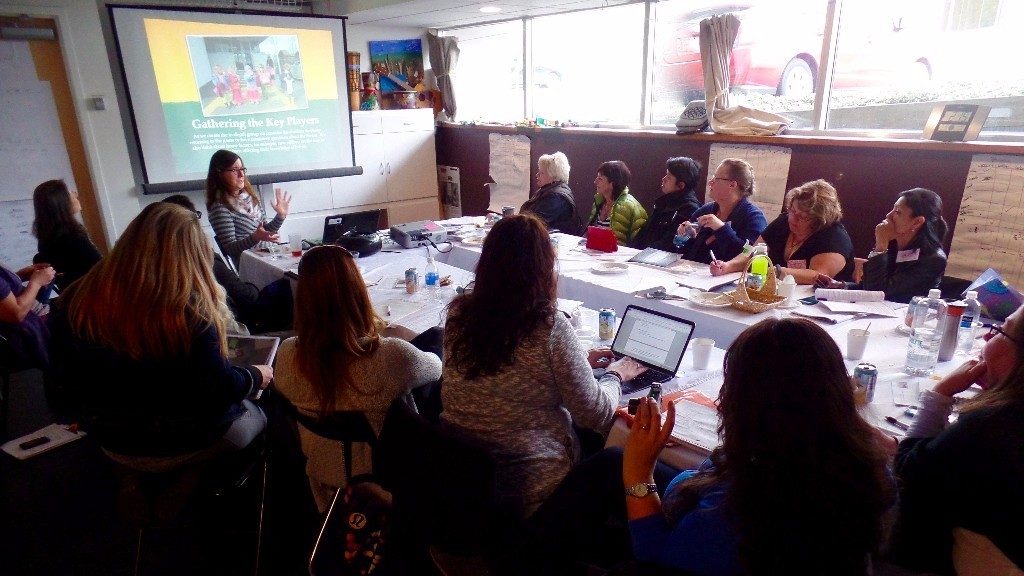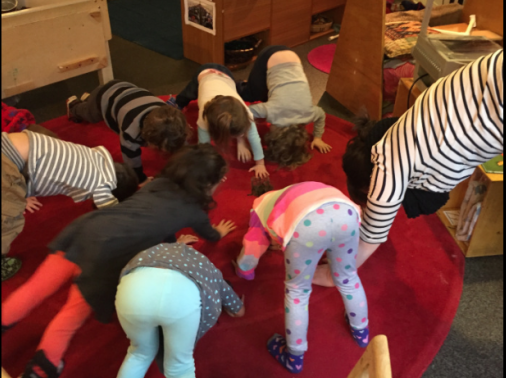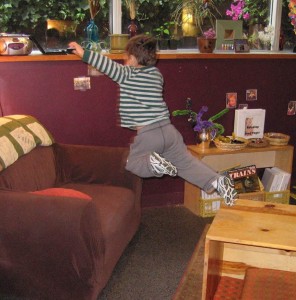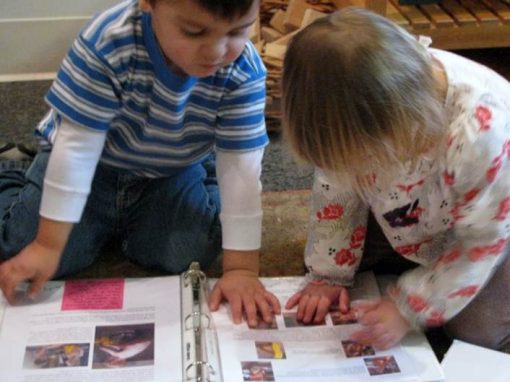Earlier this week, for the first time ever, one of my students asked me why I decided to be a teacher. Adults ask me all the time but never a child. It took me by surprise! To me, these moments are one of the biggest reasons I choose to spend my days with young children. They ask the best questions. […]
